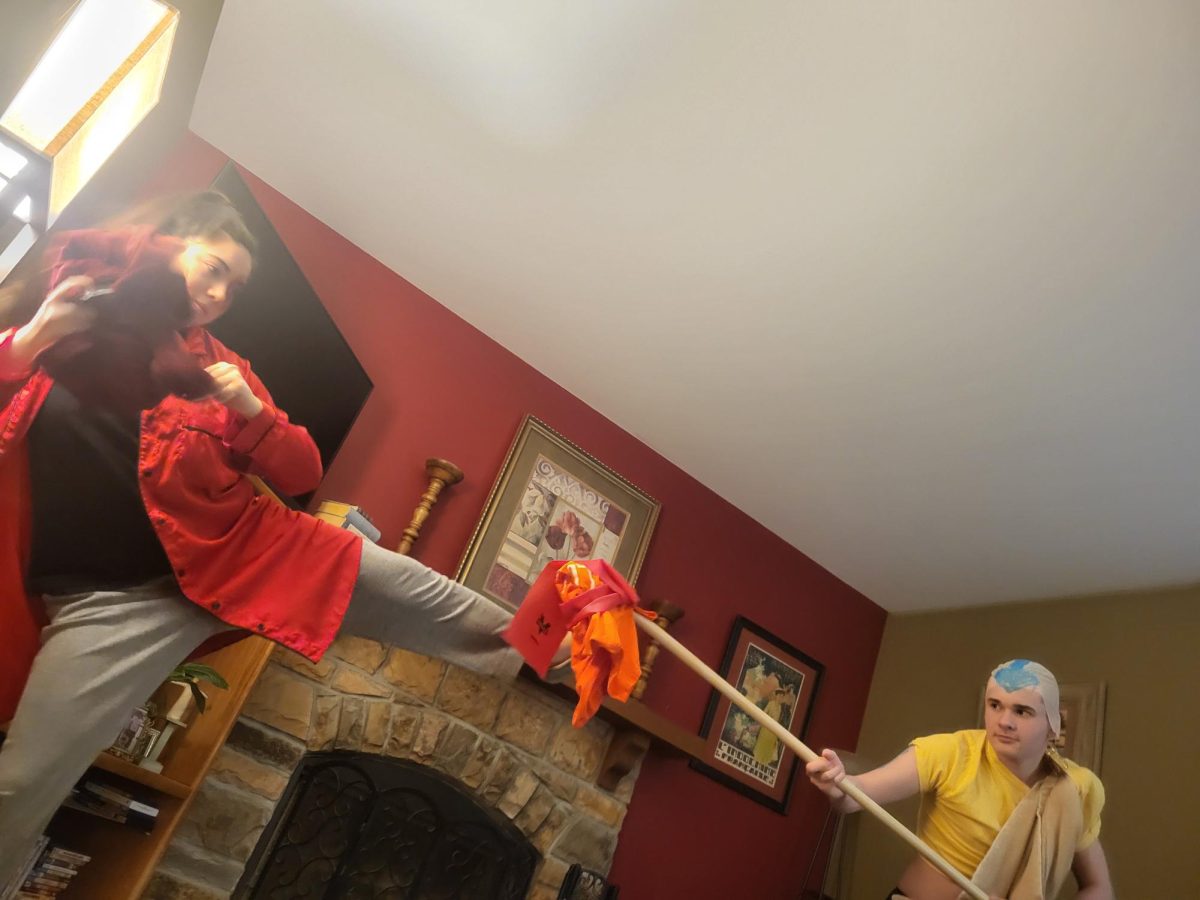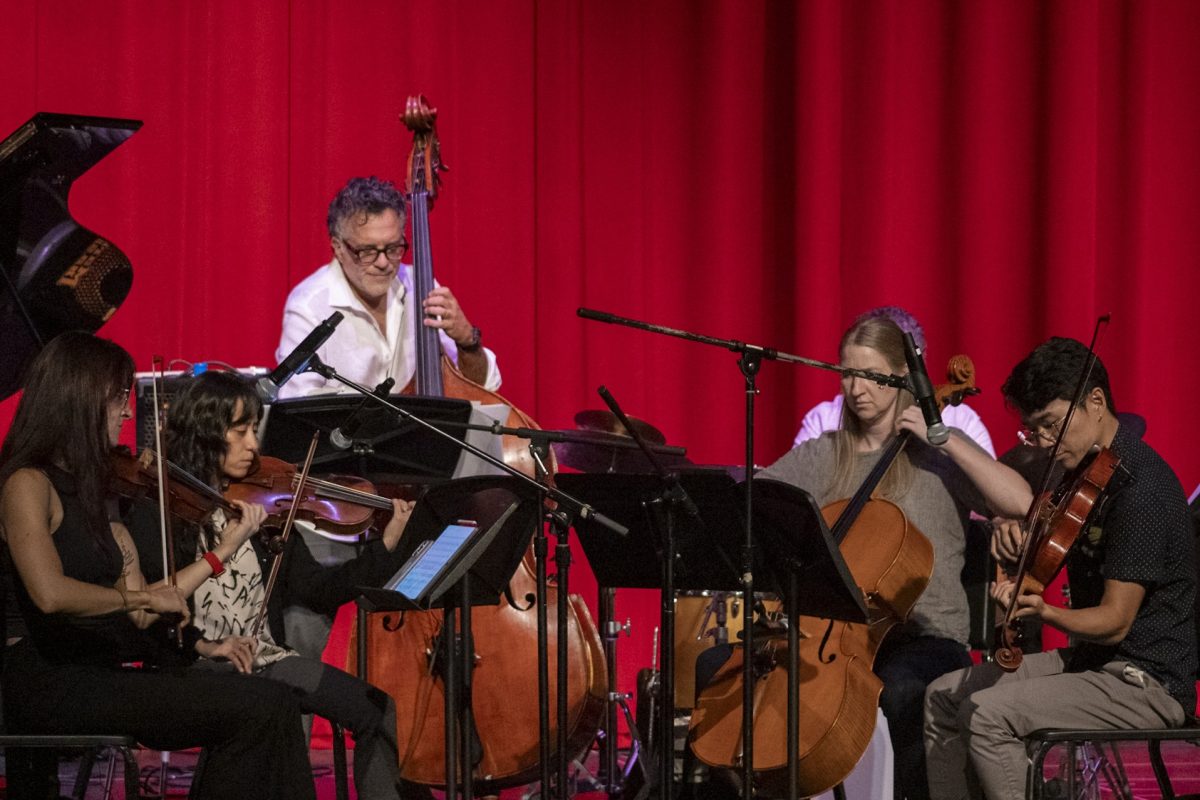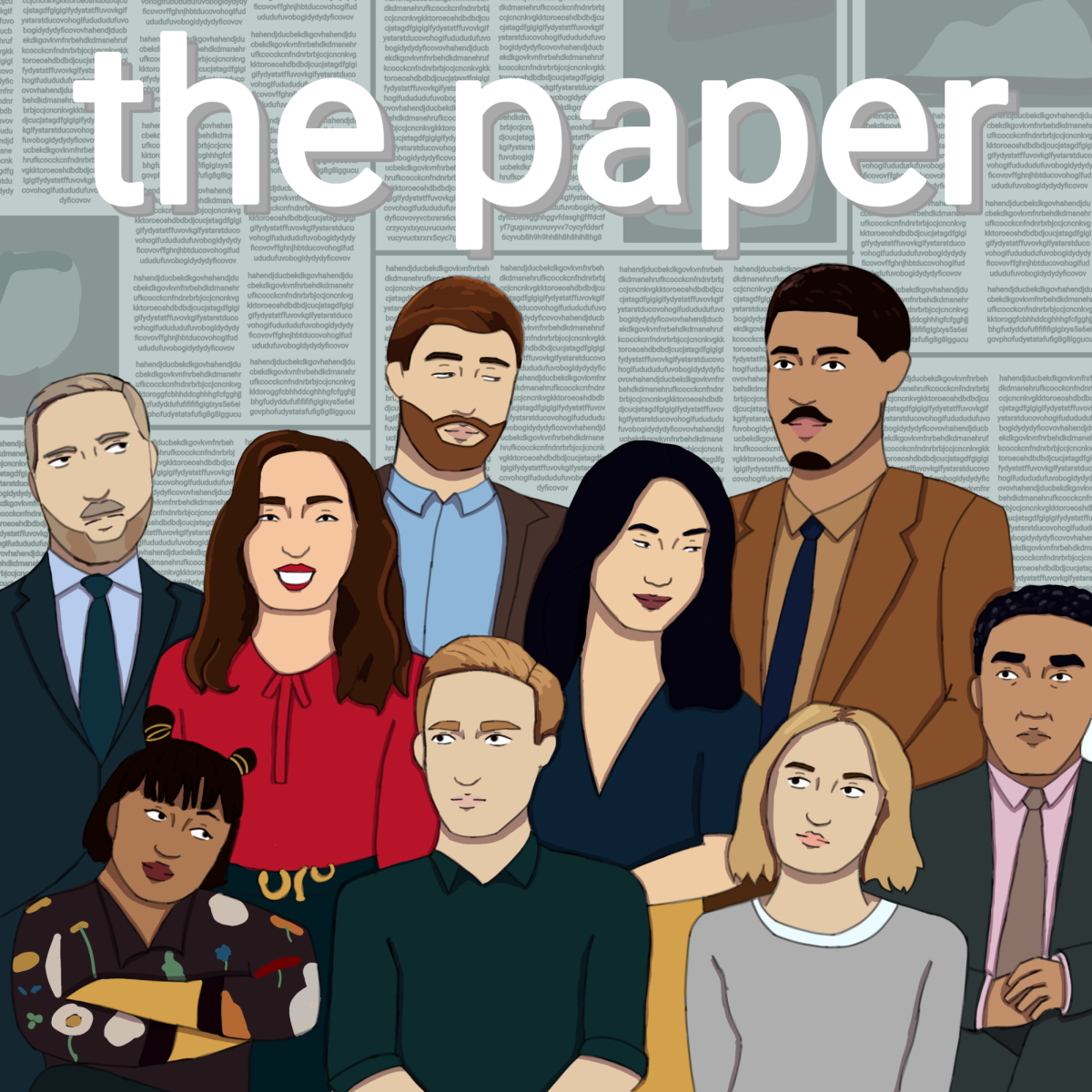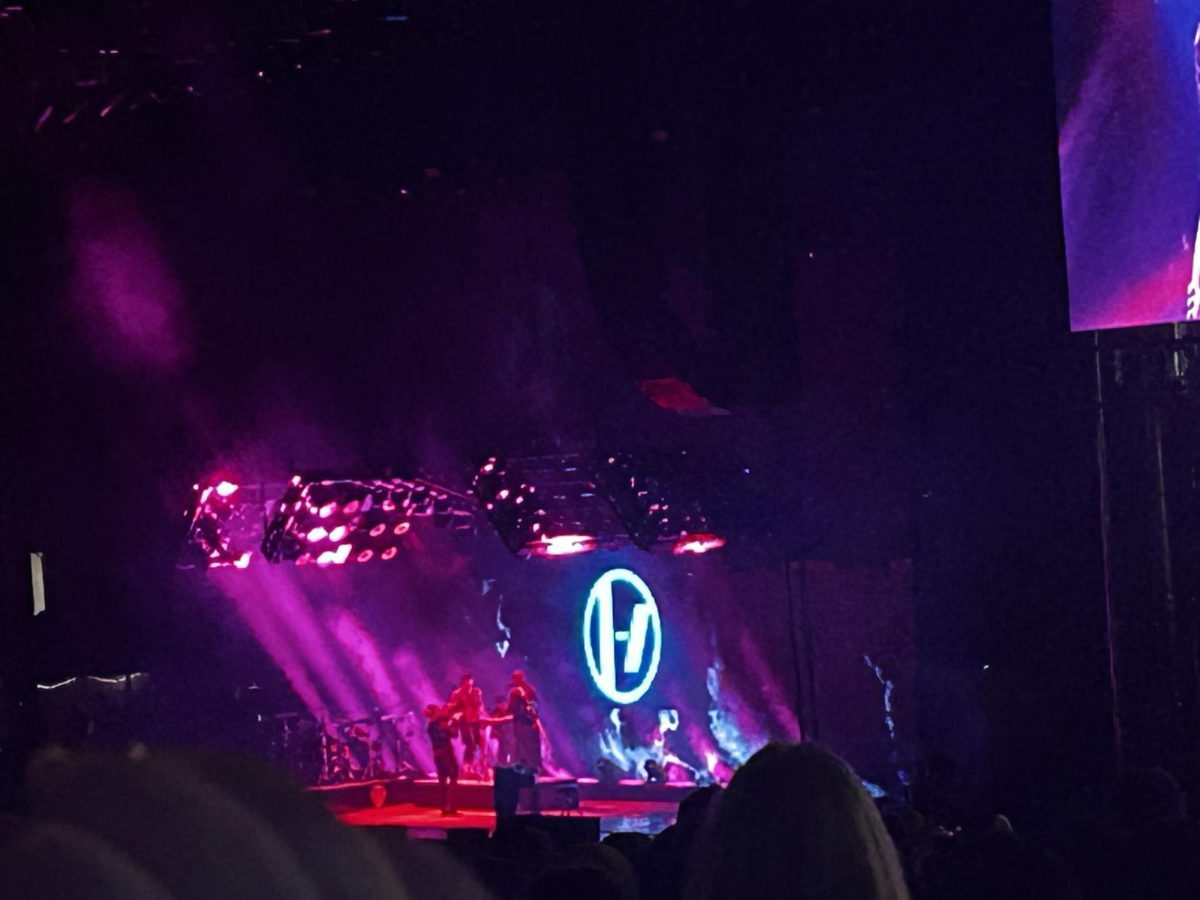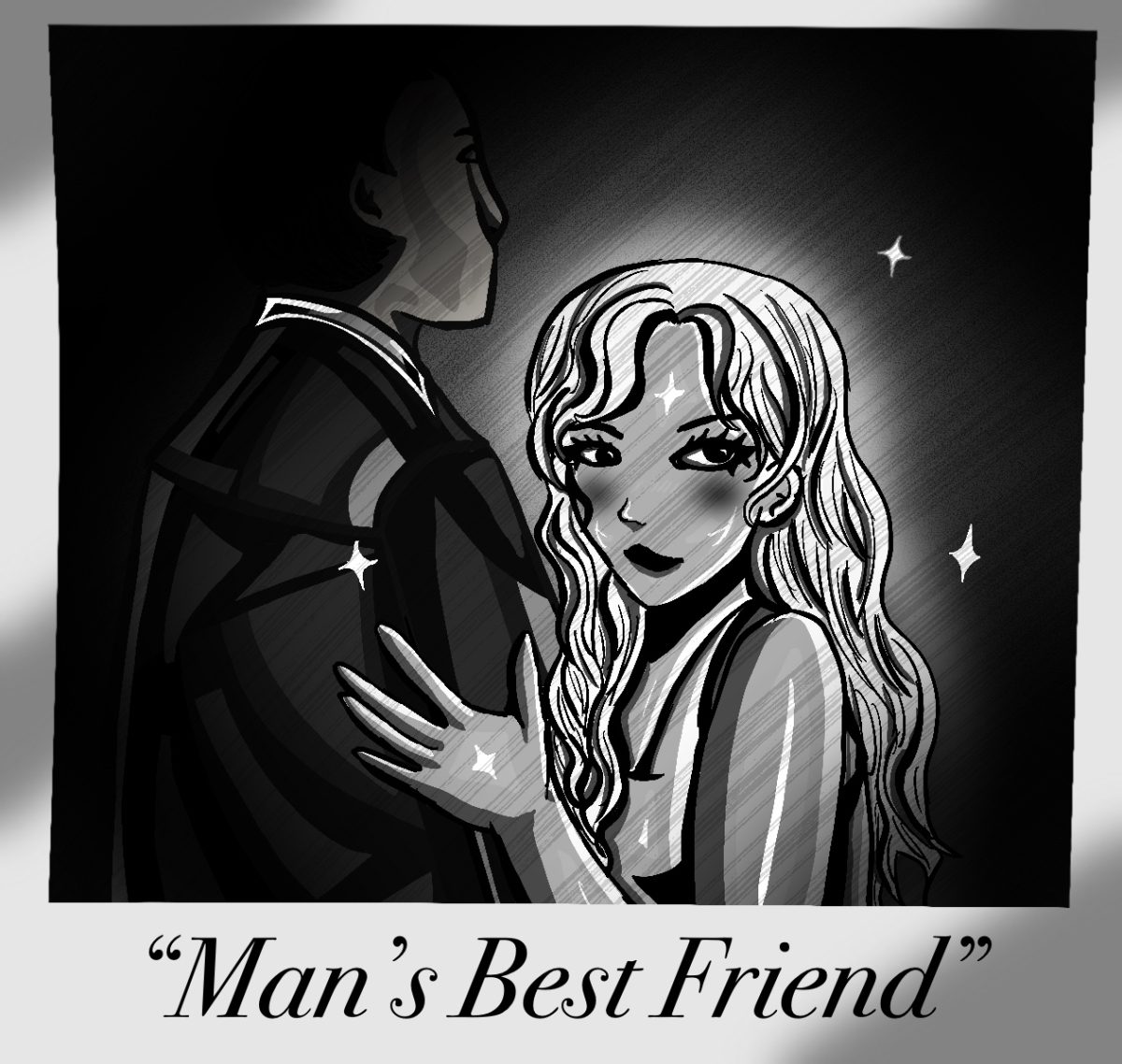“Water. Earth. Fire. Air. Long ago, the four nations lived together in harmony. Then everything changed when the Fire Nation attacked. Only the Avatar, master of all four elements, could stop them. But when the world needed him most, he vanished. A hundred years passed, and my brother and I discovered the new avatar, an airbender named Aang, and although his airbending skills are great, he still has a lot to learn before he’s ready to save anyone. But I believe Aang can save the world.”
That was the iconic opening kids would hear every week on Nickelodeon when a new episode of “Avatar: The Last Airbender” would come out. This famous animated series lasted from Feb. 21, 2005, to July 19, 2008, consisting of 61 episodes split into three seasons.
“Avatar: The Last Airbender” is about a 12-year-old boy named Aang (one of the last Airbender nomads in the world) who just so happens to be the legendary avatar, the world’s final hope of ending the 100-Year War with the Fire Nation. Aang is joined by Water-Nation siblings Katara and Sokka who travel with Aang to master the four elements and help him save the world.
They are followed by main antagonist Zuko, the banished prince of the Fire Nation, who spent the last three years hunting the avatar to restore honor to his father. Every 25-minute episode consisted of these characters on action-packed adventures with Zuko chasing Aang and his crew. While having very animated humor that you would normally see on a kids show, it also has very subtle but wise life lessons sewn into the episodes.
It’s still one of the most talked about animated shows, having a large fan base that continues to discuss their love of the show and its well-developed characters.
With such a high bar to live up to, the live action had mixed reviews before its release date. Many fans were arguing about making the series a live action at all, claiming that the characters would not transition well with real live actors, or that the pacing of the show would be rushed since the series can’t always cover all the source material in the new versions. Other fans were hopeful because the previous live actions, “One Piece” and” Percy Jackson and the Olympians” had kept true to the original stories with some new changes enjoyable to most fans.
On Feb. 22 the live-action version of the animated series was released. After watching the show, I had a mixed reaction to some of the changes.
I liked the series being true to the original in keeping the actors’ races Asian/Indigenous. It makes sense to their characters and their story since the series is placed in locations where traditional martial arts are used, like Shaolin Kung Fu and Hung Ga. Already the series does better than M. Night Shyamalan’s movie version of “Avatar: The Last Airbender” which used an all-white cast, subjecting the movie to fail before it was released.
Hiring people of other races different from the original doesn’t ruin a series or movie if it’s not connected to the character’s story. But When the ethnicity of the character is connected to their story, that ruins it by invalidating the races whose cultures are a main part of the series. You wouldn’t make Tiana from Princess and the Frog be played by a white or Asian actress would you? No, because Tiana is a character from the 1920s, a time when she faced discrimination from her superiors for being a black woman, which plays a big part in why she has a conflict in the movie about reaching her dream of owning her restaurant.
Hiring actors who are of Asian/indigenous descent helps to make the story feel more real by using people who are a part of the cultures presented in the show. This also helps to create media for races that aren’t shown a lot in modern media that younger generations can watch. This gives them a sense of appreciation for their culture being shown onscreen and looking up to the characters that look similar to them.
Special effects have come a long way with CGI, and this series uses it well in the fluidity of the different characters bending the elements. The elements moved very smoothly with the actor’s movements in the scenes where they were bending. The look of all the elements had a very real feel to them, from the shine of the water to the wildness of the flames.
The first five minutes of the series, where an earth bender is facing off fire benders while using the earth from the road to fight, looked awesome in how real the bending looked with the cracking of the rocks that form into giant rock walls and boulders thrown at the fire benders. It also helped that the fight was done in a night setting, helping the fire attacks in the fight look more real.
The different elements of bendings were based on different types of martial arts. It gave the series somewhat of an action movie feel to it with the fight scenes.
The series falls short in the way the dialogue is delivered between characters. In one scene where the grandma is trying to explain to Aang what he’s missed in the 100 years he’s been in a giant ice cube, the actress is quoting the opening that the animated series does at the beginning of each episode. This works well for an animated show, but the way it was delivered was very much like the actress was just reading off her script.
Where I believe the show has its biggest shortcoming is how they took away the chemistry between Aang and Katara that the original show had. I understand that they’ve just met, but none of the interactions shown in the series give any connection to the characters or provide any buildup that would make their relationship develop more. They honestly feel more like a babysitter who is mentally not there when watching the kid but is saying all the basic stuff you would say to one like, “Good Job” or “No stop, don’t do that”.
The costume design in this movie was amazing and having accurate designs of the cultures each nation is based on, gives off a vibe of cosplay rather than actual clothes. The northern water tribe garb that Sokka and Katara have does feel like what people from an indigenous water tribe would wear; however, the fur is always white and there are no signs of wear or tear.
They live in what’s basically the North Pole using the fur they get from animals. Logically, if these characters wear these clothes a lot, the fur would become dirtied and the clothes would have some creases in the fabric for overuse. The series makes the clothes the actors wear very clean-looking like it’s the first time the characters have ever put them on.
Many fans were mad that the directors took away Sokka’s sexist behaviors at the beginning of the series claiming that “it was an integral part of his growth as a character.” In the original series, Sokka starts out saying things that are very sexist towards his sister and other female characters the gang comes across. This behavior slowly fades away the more he explores the world outside his home in Wolf Cove, encountering the Kyoshi warriors, a group of female fighters who study the ways of past avatar Kyoshi, where he learns to better his fighting style and respect woman warriors.
I honestly didn’t care about this change that much and quite liked how the series put more focus on Sokka’s relationship with his father instead. We see more into his character on how much he was pushed into growing up so fast because of the war, and how being placed with the burden of being the only man left in the tribe made him into the overly cautious protector he is in the series. But don’t worry: the actor, Ian Ousley, who plays Sokka does a great job at keeping the sarcastic humor in the series as the original had.
The live-action version of the “Avatar: The Last Airbender” series was interesting. The bar is set high to reach replicating the original animated series, but also very low since the first live-action movie was made in 2010. M. Night Shyamalan’s live-action movie version of Avatar the Last Airbender was done so horrifically that it’s comedic with the slow CGI bending where almost ten people are doing a bunch of random arm movements to move one medium-sized rock for the earth bending. The movie tries so hard to be culturally correct, but somehow uses only white actors and pronounces the main character’s name as “Oong” when there is not a single “O” in his name.
With those two pieces of media, there was no way the new live-action series would create a story better written than the original animated series, and no way it could do worse than the 2010 movie. Overall, it’s still a good watch if you want to relive the nostalgia of the original series or just want to see a cool-looking action series with sick martial arts fights and a heartwarming plot.


